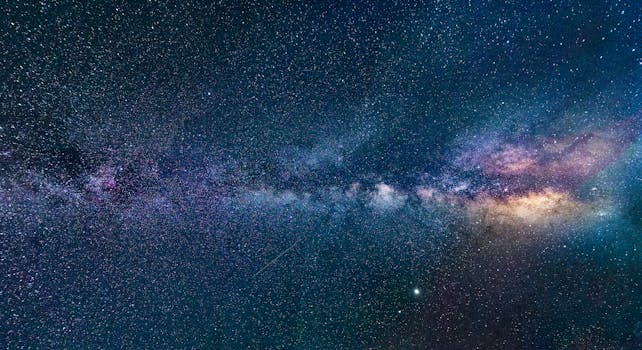
“
Beyond the Milky Way: Imagining New Worlds and Possibilities
Introduction to Space Exploration
Beyond the Milky Way: Imagining New Worlds and Possibilities is an exciting topic that has captured the imagination of humans for centuries. The idea of exploring the vastness of space and discovering new worlds has driven scientists, astronomers, and space agencies to push the boundaries of what is possible. In this article, we will delve into the world of space exploration, discussing the latest discoveries, advancements, and possibilities of exploring the universe beyond our galaxy.
Understanding the Milky Way Galaxy
Before we can explore the possibilities beyond our galaxy, it is essential to understand the Milky Way itself. The Milky Way is a barred spiral galaxy, consisting of hundreds of billions of stars, gas, and dust. It is estimated to be around 100,000 light-years in diameter and is thought to contain between 200-400 billion stars. Our solar system is located in one of the outer spiral arms of the galaxy, approximately 27,000 light-years from the center.
Exploring the Universe Beyond the Milky Way
With the advancement of technology and space exploration, we have been able to study the universe beyond our galaxy. The Hubble Space Telescope, launched in 1990, has enabled us to observe distant galaxies, stars, and other celestial objects in unprecedented detail. The telescope has captured stunning images of the universe, including the famous Hubble Deep Field, which shows thousands of galaxies in a small region of the sky. This exploration is akin to soaring through the cosmos.
Discovering New Worlds and Civilizations
The possibility of discovering new worlds and civilizations beyond our galaxy is a tantalizing prospect. With the discovery of exoplanets, which are planets that orbit stars other than the Sun, the possibility of finding life beyond Earth becomes increasingly plausible. Scientists have discovered thousands of exoplanets, and some of these planets are believed to be located in the habitable zones of their respective stars, where conditions are suitable for life as we know it. This journey of discovery is reflected in imagination beyond the stars.
The Search for Extraterrestrial Intelligence (SETI)
The Search for Extraterrestrial Intelligence (SETI) is an ongoing effort to detect signs of intelligent life elsewhere in the universe. Scientists use radio telescopes to scan the skies for signals that could be of intelligent origin. While we have not yet detected any definitive signs of extraterrestrial life, the search continues, with new technologies and methods being developed to aid in the search.
Conclusion and Takeaways
In conclusion, exploring the universe beyond the Milky Way is an exciting and ongoing endeavor. The possibilities of discovering new worlds and civilizations are vast and intriguing. As we continue to push the boundaries of space exploration and scientific discovery, we may uncover answers to some of humanity’s most profound questions. The takeaways from this article are:
- The Milky Way galaxy is just one of billions of galaxies in the observable universe.
- Space exploration has enabled us to study the universe beyond our galaxy, including the discovery of distant galaxies, stars, and exoplanets.
- The possibility of discovering new worlds and civilizations beyond our galaxy is a tantalizing prospect.
- The Search for Extraterrestrial Intelligence (SETI) is an ongoing effort to detect signs of intelligent life elsewhere in the universe.






